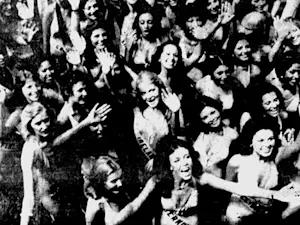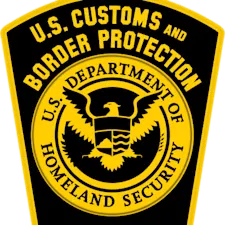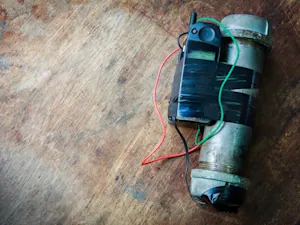
The Hunt for Lincoln's Killer
The assassination of U.S. President Abraham Lincoln on April 14, 1865, by John Wilkes Booth shocked the nation. What followed was an intense 12-day manhunt that captured the attention of a country still reeling from the end of the Civil War. The dramatic chase culminated in the death of one of America's most notorious figures.
Booth's Brazen Escape
John Wilkes Booth, a well-known actor and Confederate sympathizer, meticulously planned his attack on Lincoln, believing that it would reignite the Southern cause, five days after the Confederacy surrendered.
After shooting the president at Ford's Theatre, Booth fled the scene, disappearing into the night. His escape was well-orchestrated; he had planned his route and arranged for a horse to be waiting for him just outside the theater. With a $100,000 reward on his head, Booth became the most wanted man in the United States.
A Network of Supporters
Booth relied on a network of Confederate sympathizers to aid his escape. After fleeing Washington, D.C., he met up with David Herold, another conspirator, and the two made their way into Maryland. The pair stopped at Surratt's Tavern to gather supplies before arriving at the home of Dr. Samuel Mudd. Mudd treated Booth's broken leg, an injury he sustained during his dramatic leap from the theater balcony.
While Booth and Herold hid out, Edwin Stanton, the Secretary of War, led a relentless pursuit. Stanton's efforts to track down Lincoln's killer were intense, driven by both political necessity and personal grief over the loss of his friend. The nation was on high alert, with every resource being used to find Booth and bring him to justice.
The Chase Intensifies
Booth's attempt to cross into Virginia proved difficult. His knowledge of the area and the assistance of Confederate sympathizers allowed him to evade capture for days. However, the search party was closing in. After hiding in a dense pine thicket, Booth and Herold finally crossed the Potomac River into Virginia, only to be cornered a few days later at Garrett's Farm. As Union soldiers surrounded the barn, Herold surrendered, but Booth refused to give up. In the early hours of April 26, 1865, Booth was shot and killed, bringing the 12-day manhunt to a dramatic end.
The Aftermath of Booth's Capture
The death of John Wilkes Booth did not end the story. In the weeks that followed, his co-conspirators were rounded up, tried, and sentenced. The assassination of Abraham Lincoln had not only altered the course of American history but had also highlighted the deep divisions that still existed within the country. The capture and death of Booth provided some closure, but the shockwaves of Lincoln's murder would be felt for years to come.
The manhunt for John Wilkes Booth remains one of the most intense and well-coordinated efforts in American history. It serves as a reminder of the lengths to which a nation will go to seek justice, even in the face of unimaginable tragedy.
References: 'Manhunt,' about hunt for John Wilkes Booth, may make you wish you paid attention in history class | Manhunt for Booth























